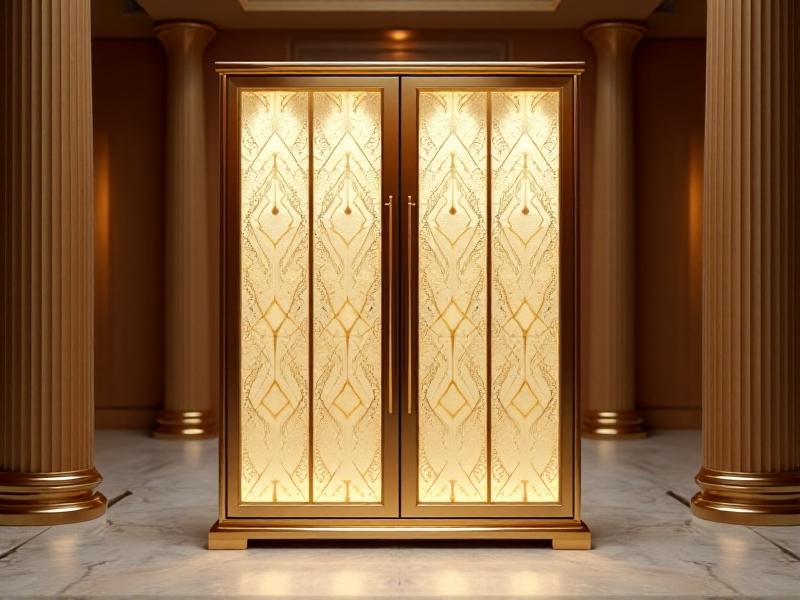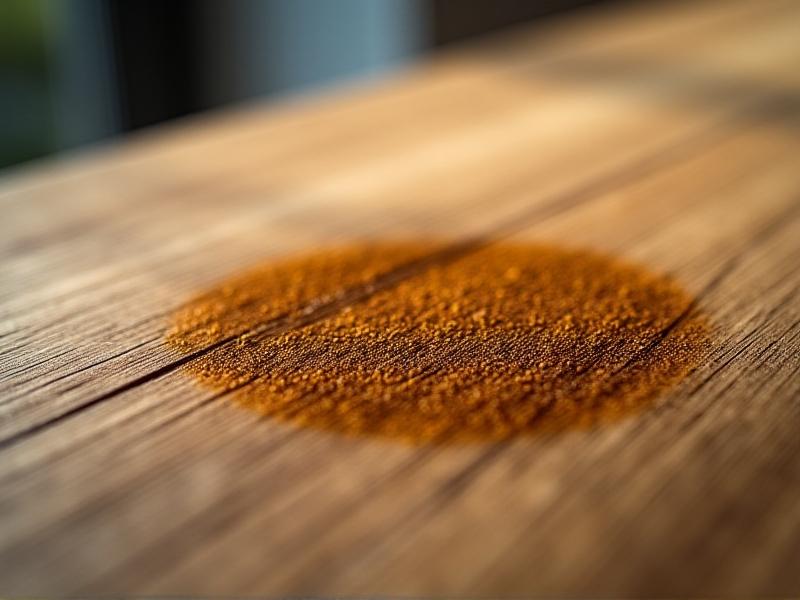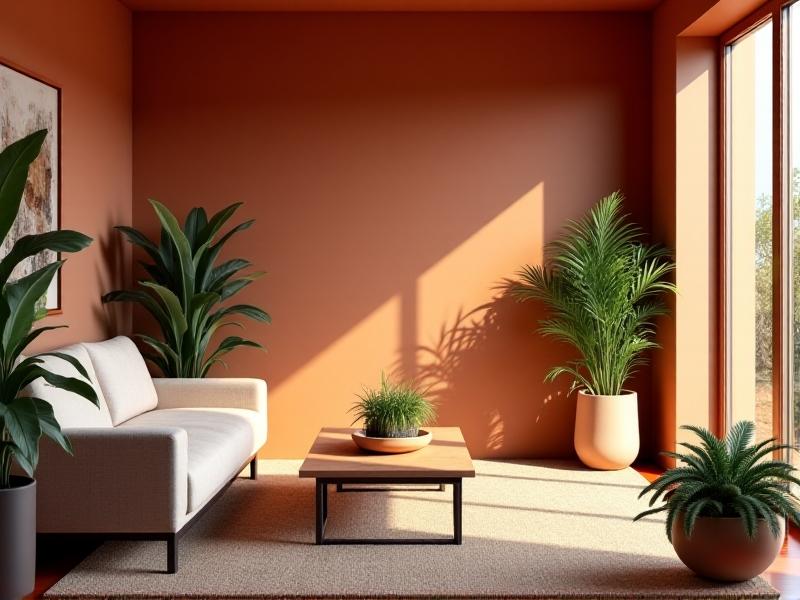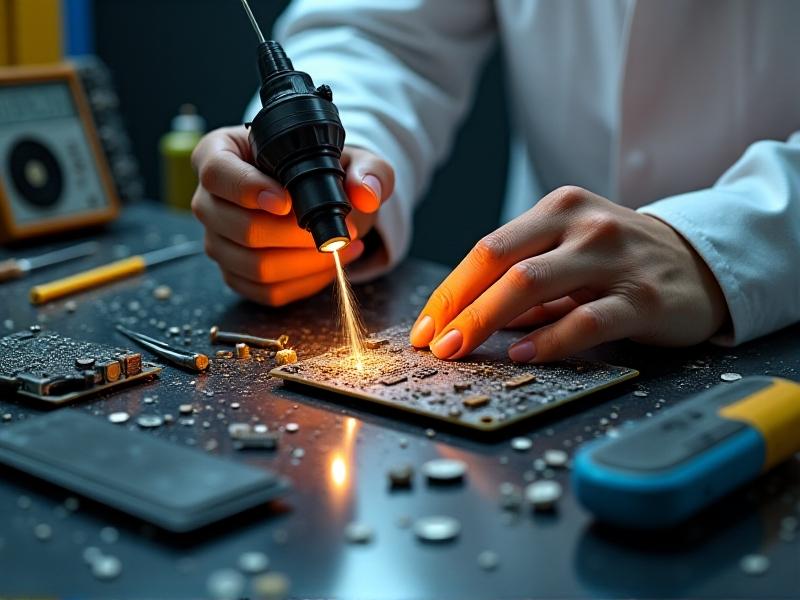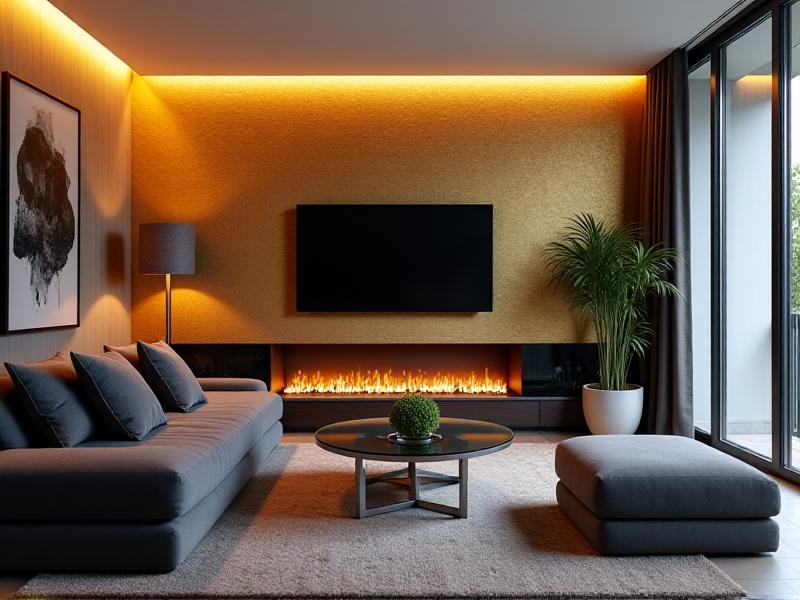Laminate Love: Breathing Life Into Dated Surfaces
The Allure of Laminate: Why It’s a Modern Marvel

Once dismissed as a cheap alternative to natural materials, laminate has undergone a renaissance. Its versatility, affordability, and evolving design capabilities make it a go-to solution for revitalizing outdated spaces. Unlike pricier stone or hardwood, laminate offers endless patterns—from convincing wood grains to bold geometric designs—without the maintenance hassles. Advances in manufacturing now produce textures that mimic natural materials so closely that even experts do a double-take.
Homeowners today prioritize both style and practicality. Laminate delivers on both fronts: it’s stain-resistant, scratch-resistant, and easy to install. Whether updating a ’90s-era kitchen countertop or refreshing a worn-out floor, laminate breathes new life into surfaces without demolition-level costs. Its lightweight nature also makes it ideal for DIY projects, empowering renters and homeowners alike to reimagine spaces without permanent commitments.
Types of Laminate: From Classic to Cutting-Edge

Laminate isn’t a one-size-fits-all solution. High-pressure laminate (HPL) remains a durable favorite for heavy-use areas like countertops, while direct-pressure laminate (DPL) suits furniture and cabinetry. Newer options include textured finishes like embossed woodgrain or hand-scraped effects, adding tactile depth. For the design-forward, digital printing enables hyper-realistic patterns—think Calacatta marble or Japanese shou sugi ban charred wood.
Edge banding and post-forming techniques further expand possibilities. Beveled edges can mimic stone slabs, while rounded edges soften contemporary designs. Matte finishes are trending for their understated elegance, contrasting with high-gloss’s retro appeal. Specialty laminates even incorporate antimicrobial coatings or fire resistance, proving this material’s adaptability to modern living demands.
DIY Laminate Makeovers: Step-by-Step Revival
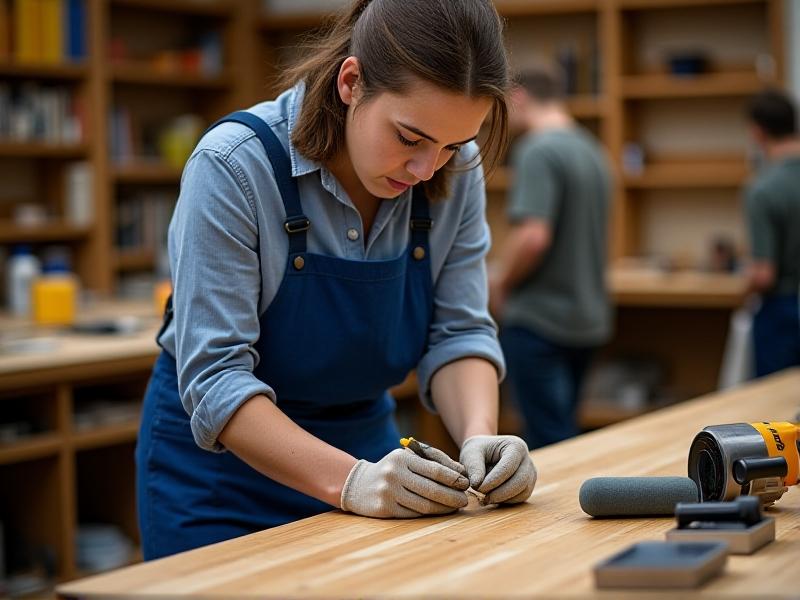
Revamping surfaces with laminate doesn’t require a contractor. Start by measuring the area and selecting a laminate sheet or tile that complements your space. For countertops, remove old finishes and sand surfaces smooth. Apply contact cement to both the substrate and laminate, let it tack up, then carefully align the sheet. Use a J-roller to eliminate air bubbles and trim excess with a router or trimmer.
Floors are equally approachable. Click-lock laminate planks allow floating installations—no glue needed. Underlayment pads dampen sound and add cushioning. For backsplashes, peel-and-stick laminate tiles offer a renter-friendly upgrade. Pro tip: always acclimate laminate to room humidity for 48 hours before installation to prevent warping. With patience and basic tools, even novices can achieve pro-level results.
Design Inspirations: Patterns and Textures That Wow
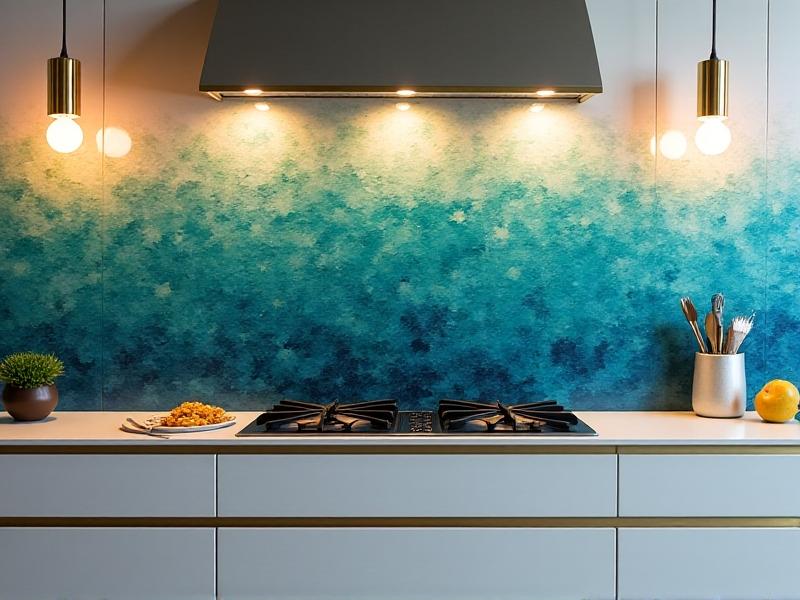
Laminate’s design potential is limitless. For a cozy vibe, try warm oak or walnut laminates with visible grain textures. Industrial spaces shine with concrete-look laminates in cool grays. Bold personalities might opt for terrazzo patterns or metallic finishes. Mix and match: pair a neutral countertop with a dramatic backsplash for contrast.
Textured laminates add dimension without overwhelming a room. Try a wire-brushed finish on cabinet fronts or a leather-like matte surface for a luxe office desk. For small spaces, light-reflective glossy laminates amplify natural light. Don’t shy away from unexpected applications—laminate can clad ceilings, stair risers, or even create statement wall panels.
Maintaining Laminate Surfaces: Longevity Made Simple
Laminate’s low-maintenance reputation holds true, but proper care extends its lifespan. Avoid abrasive scrubbers—they can dull finishes. Instead, use mild soap and water for daily cleaning. Blot spills quickly, especially with dark-colored laminates, to prevent potential staining. For floors, sweep regularly to minimize grit scratches.
Preventative measures help: use trivets under hot pans and coasters under drinks. While modern laminates are heat-resistant, prolonged exposure to high temperatures can damage surfaces. Reapply sealant on edges if they begin to lift. With minimal effort, laminate retains its crisp appearance for decades, proving that practicality and beauty aren’t mutually exclusive.
Sustainability and Laminate: Eco-Friendly Choices
Today’s laminates often incorporate recycled content, from post-industrial wood fibers to repurposed paper. Brands like Formica and Wilsonart now offer GREENGUARD-certified options, emitting fewer volatile organic compounds (VOCs). Many products are also recyclable at end-of-life, diverting waste from landfills.
Choosing local manufacturers reduces carbon footprints, while durable laminates mean fewer replacements over time. For eco-conscious projects, look for laminates with Declare labels or Cradle to Cradle certification. By prioritizing sustainable practices, laminate becomes not just a design choice but an ethical one—a true marriage of innovation and responsibility.
